Last Updated on January 23, 2025 by Karen
Master the art of cooking, serving, and storing crab legs with our ultimate guide! Whether you’re a seasoned seafood lover or a newbie, dive into tips, tricks, and mouthwatering recipes for unforgettable crab feasts
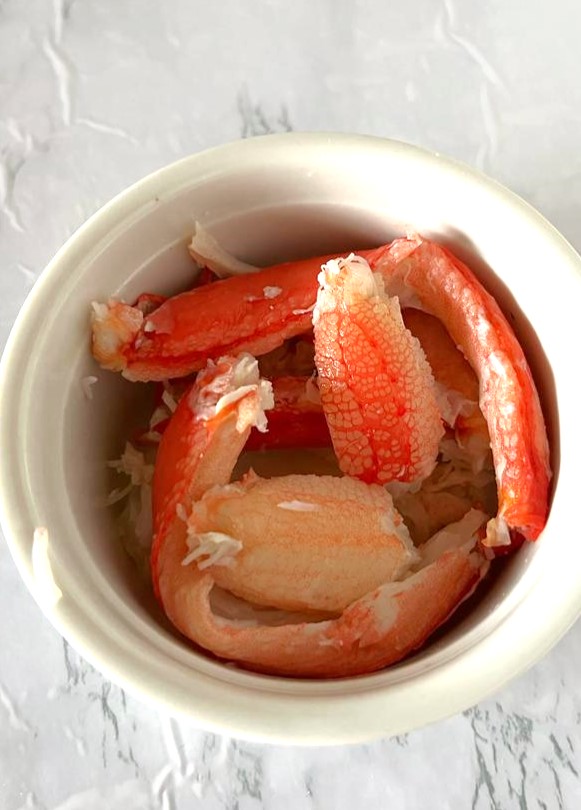
If you’re anything like me, you’ve had your fair share of messy crab feasts and unforgettable crab dining experiences. From beachside seafood boil at the dock to cracking open dozens of blue crabs in Maryland with wooden mallets and indulging in the sweet, succulent crabmeat, crab has been a staple in my culinary adventures for as long as I can remember.
So, grab your crackers and melted butter, because we’re diving into everything you need to know about enjoying those delicious crab legs.
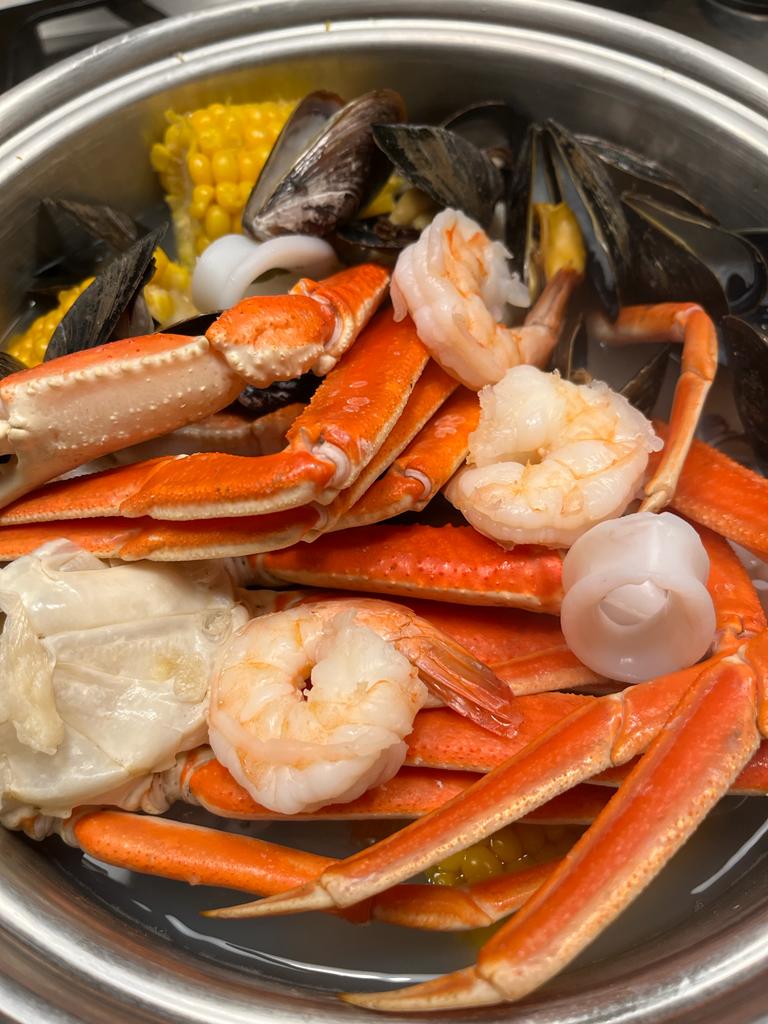
TYPES OF CRAB LEGS
Each type of crab leg offers a distinct flavor, texture, and culinary experience. Here are the popular crab leg varieties:
Snow Crab Legs
Snow crab legs are known for their sweet and delicate flavor. They typically have a slightly briny taste and a tender, flaky texture. Snow crab legs are often thinner and smaller compared to other varieties, making them easier to handle and cook. These crab legs are commonly harvested from the cold waters of the North Atlantic and North Pacific oceans.
King Crab Legs
Often called Alaskan king crab legs, they’re known for their large size and rich, sweet meat. They have a distinctively firm and succulent texture, making them a prized delicacy. King crab legs are typically harvested from the frigid waters of the Bering Sea in Alaska. I typically get them at our Costco, but note that they’re not available all year long though. Due to their size and abundance of meat, king crab legs are often served as a centerpiece for special occasions or gourmet meals. It’s also my top choice because: more crabmeat for less work! :)
Dungeness Crab Legs
Dungeness crab legs are known for their tender, sweet, and slightly nutty flavor. They have a medium to large size and offer a good amount of meat in each leg. Dungeness crab legs are harvested primarily from the waters of the Pacific Ocean, particularly along the West Coast of the United States and Canada. These crab legs are prized for their versatility in cooking, often used in a variety of dishes ranging from salads to soups to pasta.
Check out FDA’s post on Selecting and Serving Fresh and Frozen Seafood.
PREPARATION OF CRAB LEGS
How to clean crab legs before cooking?
Cleaning crab legs before cooking is a straightforward process (assuming the crabs are already pre-cooked and not live). Here’s how to do it:
Thaw if frozen: If your crab legs are frozen, thaw them in the refrigerator overnight or under cold running water before cleaning.
Rinse: Rinse the crab legs under cold running water to remove any surface debris or ice crystals.
Inspect for residue: Check the crab legs for any remaining shell fragments or other debris. I like to use a brush and gently scrubbing each cluster.
Trim: Use kitchen scissors or a sharp knife to trim away any sharp or jagged edges along the shell or legs. This step is optional but can make handling and eating the crab legs easier.
Pat dry: Once cleaned, pat the crab legs dry with paper towels to remove excess moisture before cooking.
COOKING METHODS AND COOKING TIME
Here’s a guide to cooking crab legs using various methods along with approximate cooking times:
How long to boil frozen crab legs?
Bring a large pot of water to a boil. Add crab legs to the pot, ensuring they are fully submerged. Boil frozen crab legs for about 5-7 minutes. Once they turn bright orange and are heated through, they are ready to be served.
How long to steam frozen crab legs?
Place a steamer basket in a pot with about an inch of water. Bring the water to a boil. Add the crab legs to the steamer basket, cover, and steam for about 6-8 minutes. Check for doneness; the crab legs should be hot and opaque when fully cooked.
How to cook crab legs in Instant Pot?
I only recommend cooking crab legs in the Instant Pot if you have the large 8-quart Instant Pot model, since there is not a lot of space in the Instant Pot insert to put all crab legs in at once. But if you have the 6-quart model, I’d only use the Instant Pot for cooking crab legs for a maximum of two servings.
To cook crab legs in the Instant Pot, add 1 cup of water and place the trivet inside. Arrange the crab legs on top, try not to leg the crab legs touch the water below directly. Close and lock the lid and set the Instant Pot to high pressure for 3-4 minutes. Once done, do a quick pressure release and carefully remove the crab legs.
How to cook crab legs on the barbecue?
Cooking crab legs on the grill is my favorite way, especially if you are serving a large group and don’t have a large stock pot. Preheat your barbecue to medium-high heat. Brush the crab legs with melted butter or oil and season as desired. Place the crab legs directly on the grill and cook for about 4-6 minutes, flipping halfway through. They are ready when they’re heated through and have grill marks.
How to sous vide crab legs?
Preheat the sous vide water bath to 135°F (57°C). Place the crab legs in a vacuum-sealed bag (I don’t recommend using heavy-duty ziplock bags for this since the crab legs can poke a hole in the bag), ensuring they are in a single layer. Cook the crab legs in the sous vide bath for 45-60 minutes. Once done, remove the crab legs from the bag and serve.
Can you cook crab legs in the air fryer?
Yes, but similar to the Instant Pot, you might want to limit to a maximum of two servings when cooking in the air fryer. There isn’t a lot of extra room for more than that. Preheat the air fryer to 400°F (200°C). Brush the crab legs with melted butter or oil and season as desired.
Place the crab legs in the air fryer basket in a single layer. Air fry for about 8-10 minutes, until they are heated through.
Can you steam crab legs in the oven?
Of course! For this method, I like to use extra large disposable aluminum roasting pan (like the ones you roast a turkey in). Preheat your oven to 375°F (190°C). Place a steamer basket in a large baking dish or roasting pan. Add about an inch of water to the bottom of the dish. Arrange the crab legs in the steamer basket, cover with foil, and bake for about 10-12 minutes until heated through.
Always ensure that the crab legs are heated through and have reached an internal temperature of at least 145°F (63°C) before serving. Adjust cooking times as needed based on the size and thickness of the crab legs and the cooking method used.
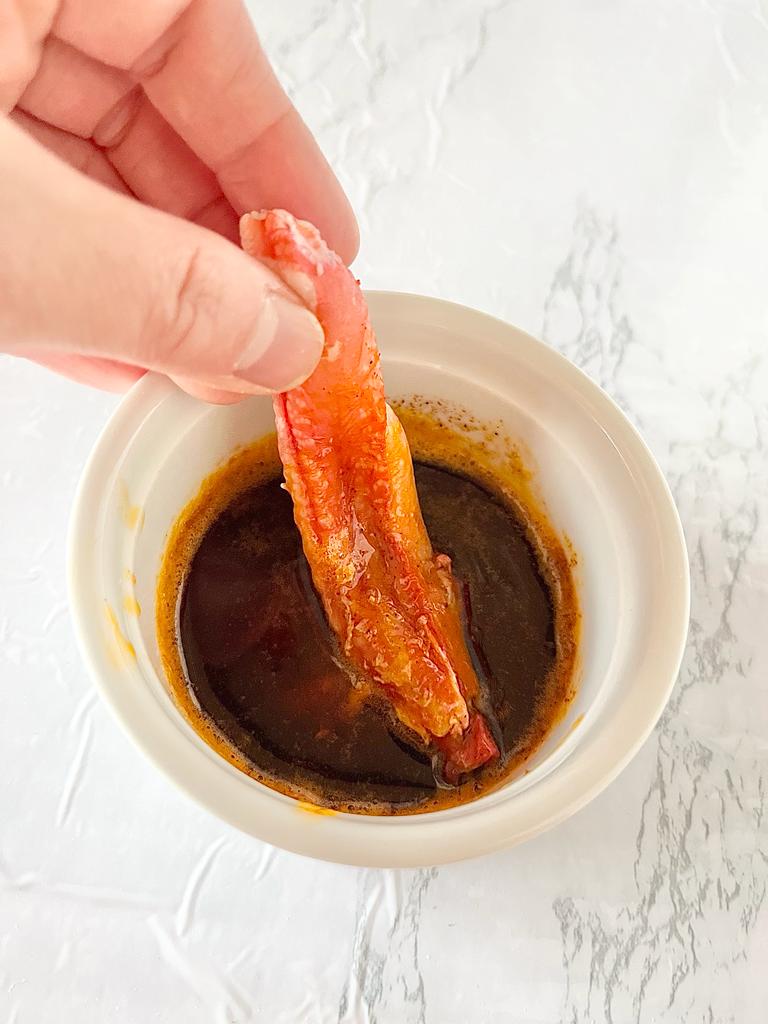
HOW TO EAT CRAB LEGS
Eating crab legs can be a fun and delicious experience, but it requires a bit of technique to extract the meat efficiently. Here’s a step-by-step guide on how to eat crab legs:
Crack the Shell: Use a crab cracker to gently crack the shell along the length of the crab leg. Start by breaking the shell at the joints where it naturally separates.
Remove the Meat: Once the shell is cracked, carefully peel it away to reveal the white, tender crab meat inside. Hold the exposed end of the leg firmly and push the meat out from the shell using your fingers or a fork.
Pull Out the Meat: Gently pull the crab meat out of the shell in one piece, being mindful of any remaining shell fragments. If necessary, use a seafood fork or pick to help extract hard-to-reach pieces of meat.
Dip and Enjoy: Dip the crab meat into your favorite dipping sauce, such as melted butter, lemon juice, or cocktail sauce, for added flavor. Then, savor the sweet and succulent taste of the crab meat.
If you can’t remove the entire crab meat from the leg, here’s a pro tip for you: use a kitchen scissors to cut along the crab legs, open up, and remove the crab meat.
Remember to have plenty of napkins or wet wipes on hand to clean your hands throughout the process, as eating crab legs can be quite messy!
Suggestions for seasoning crab legs with seasoning and dipping sauces:
- Butter crab sauce recipe: Butter crab sauce is a rich and indulgent accompaniment to succulent crab legs, adding a luxurious touch to each bite. To make it, combine butter, minced garlic, lemon juice, and a sprinkle of Old Bay seasoning and simmer for about 2 minutes. Let cool slightly and serve.
- Boiling crab sauce recipe: The boiling crab sauce is a flavorful and spicy concoction made by combining melted unsalted butter with minced garlic and a variety of herbs and spices including Old Bay seasoning, paprika, Cajun seasoning, sugar, oregano, cayenne pepper, chili powder, and lemon pepper. It’s finished with Louisiana hot sauce and fresh lemon juice, creating a tangy, zesty, and aromatic sauce perfect for boiling crab legs.
- Angry crab trifecta sauce: The angry crab trifecta sauce is a spicy and savory sauce featuring a combination of soy sauce, honey, Sriracha sauce, minced garlic, minced ginger, rice vinegar, lime juice, and optionally, red chili flakes for added heat. This sauce offers a perfect balance of sweet, tangy, and spicy flavors, making it ideal for adding a punch of flavor to seafood dishes like crab legs.
- Low country boil recipe: Low country boil is a traditional Southern dish originating from the coastal regions of South Carolina and Georgia. Also known as Frogmore Stew or Beaufort Stew, it typically consists of a hearty mix of shrimp, crab legs, crawfish, sausage, corn on the cob, and potatoes, all boiled together in a seasoned broth. The dish is flavored with a blend of spices such as Old Bay seasoning and served family-style, often spread out on a newspaper-covered table for a casual and communal dining experience.
- Louisiana seafood gumbo recipe with crab legs: Louisiana seafood gumbo is a traditional Creole and Cajun dish featuring a flavorful broth packed with seafood like shrimp, crab, and oysters, cooked with a mix of vegetables, herbs, and spices. Served over rice, it’s a quintessential taste of Louisiana’s rich culinary heritage. Try adding crab legs for a decadent twist.
- All purpose crab boil seasoning: Creating your own all-purpose crab boil seasoning is a fantastic way to infuse your crab feasts with flavor. For a basic recipe, start with Old Bay seasoning (it has paprika, celery salt, black pepper, and other spices), add garlic powder, onion powder, mustard seeds, and bay leaves for more depth. Cayenne pepper or red pepper flakes for extra heat, and lemon zest or lemon pepper for brightness and zestiness. Feel free to adjust the ratios of spices according to your taste preferences.
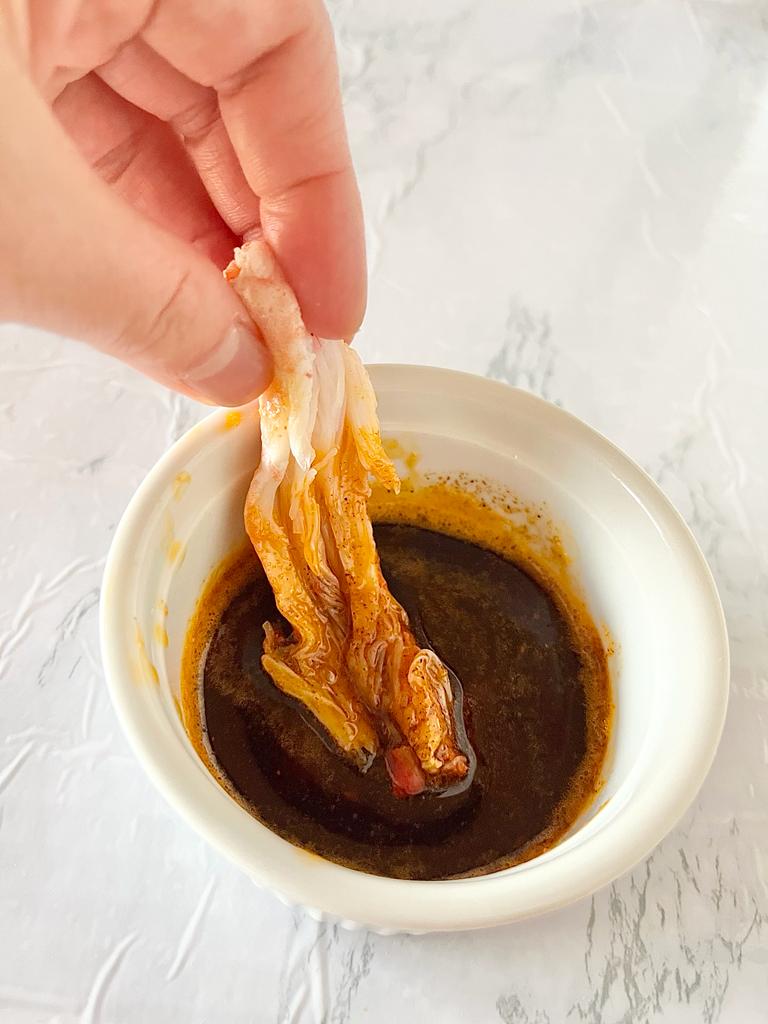
SERVING CRAB LEGS
What are some crab leg dinner ideas?
For a classic crab leg feast, check out my Juicy Crab Seafood Boil with Cajun Garlic Butter Sauce <— it’s absolutely AMAZING! Here are my favorite components of a crab leg dinner:
- Steamed Crab Legs: Steam the crab legs until they’re heated through, then serve them with lemon wedges and melted butter for dipping.
- Boiled Shrimp: Prepare shrimp by boiling them with Old Bay seasoning until they’re pink and cooked through. Serve them with cocktail sauce or a spicy remoulade.
- Corn on the Cob: Boil fresh corn on the cob until tender, then serve it with butter and a sprinkle of salt.
- Red Potatoes: Boil small red potatoes until they’re fork-tender, then toss them with melted butter and fresh herbs like parsley or chives.
- Old Bay Seasoning: Use Old Bay seasoning generously in the water used to boil the shrimp and corn. This iconic blend of spices adds depth and flavor to the entire meal.
- Seafood Boil Sauce: Prepare a homemade seafood boil sauce or butter sauce for dipping the crab legs and shrimp. This can be a mixture of melted butter, garlic, lemon juice, and Cajun seasoning for added flavor.
Arrange all the components on a large platter or spread them out on a newspaper-covered table for a fun and casual dining experience. Serve with plenty of napkins and seafood crackers for easy shell cracking, and enjoy the feast with family and friends!
For a crab leg dinner, how much crab legs should I serve per person?
When serving crab legs, it’s generally recommended to plan for about 1 to 1.5 pounds of crab legs per person. For snow crab legs, you get approximately 8 to 10 legs per pound. For king crab legs, you typically get 4 to 6 legs per pound, but these legs are much larger and meatier than snow crab legs.
This amount should provide a satisfying portion for most diners, especially when accompanied by other dishes like shrimp.
What are the best side dishes for steamed crab legs?
Here are some great options to serve with steamed crab legs include:
- Corn on the cob
- Red potatoes (skin on), fingerling potatoes, or baby potatoes
- Coleslaw
- Rice pilaf
- Sweet potato fries
- Baked beans
- Garlic bread
- Corn bread
- Steamed vegetables like broccoli or asparagus
What are the best wines to serve with crab legs?
When it comes to wine pairings, white wines go well with seafood, especially the delicate flavors of crab legs. I like crisp, dry, and refreshing varieties such as, Chardonnay, Sauvignon Blanc, Pinot Grigio, and Riesling.
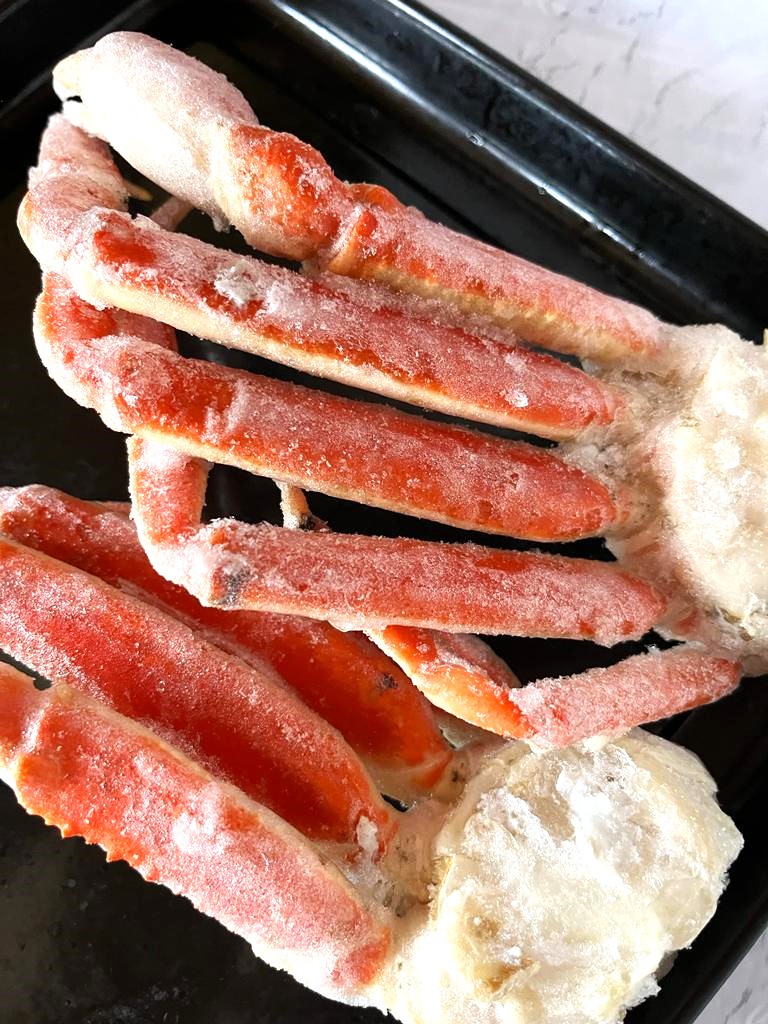
STORING CRAB LEGS
How to store cooked crab legs?
Store cooked crab legs in an airtight container or resealable plastic bag in the refrigerator. They should be consumed within 2 to 3 days for best quality.
Can you freeze crab legs?
Yes, you can freeze crab legs. Crab legs can be frozen to extend their shelf life.
How to freeze crab legs?
Freezing crab legs is a great way to preserve their freshness for later use. Here’s how to do it properly:
Clean and Prep: If the crab legs are already cooked, you can freeze them as they are. If they’re uncooked, it’s best to cook them first (steaming or boiling) to preserve their flavor and texture.
Cool Them Down: If the crab legs are cooked, let them cool to room temperature before freezing. This helps avoid condensation inside the freezer bag or container, which can affect the quality.
Wrap Them: Wrap the crab legs tightly in plastic wrap or aluminum foil. This step helps protect them from freezer burn and keeps their flavor intact.
Place in Freezer Bag or Container: After wrapping, place the crab legs in a heavy-duty freezer bag or an airtight container. Be sure to remove as much air as possible to prevent freezer burn.
Label and Freeze: Label the bag or container with the date, and place it in the freezer.
When you’re ready to use them, thaw the crab legs in the fridge overnight or quickly thaw them under cold running water. You can also reheat them by steaming or boiling them for a few minutes.
How long can you freeze crab legs?
Frozen crab legs can last for up to 3 months if properly stored. However, for the best quality, it’s recommended to consume them within 1 to 2 months.
What to do with leftover crab legs?
Leftover crab legs can be used in various recipes, such as crab cakes, crab rangoon, crab sushi rolls, crab salad, crab dip, or added to pasta dishes or soups for extra flavor.
Can you put crab legs in the microwave?
While it’s possible to reheat crab legs in the microwave, it’s not the recommended method, as it can lead to uneven heating and may make the crab meat tough. If using the microwave, cover the crab legs with a damp paper towel and heat them in short intervals until warmed through.
Can you reheat steamed crab legs in the oven?
Yes, you can reheat steamed crab legs in the oven. Preheat the oven to 350°F (175°C). Wrap the crab legs in aluminum foil to prevent them from drying out and place them on a baking sheet. Heat in the oven for about 10-15 minutes, or until warmed through.
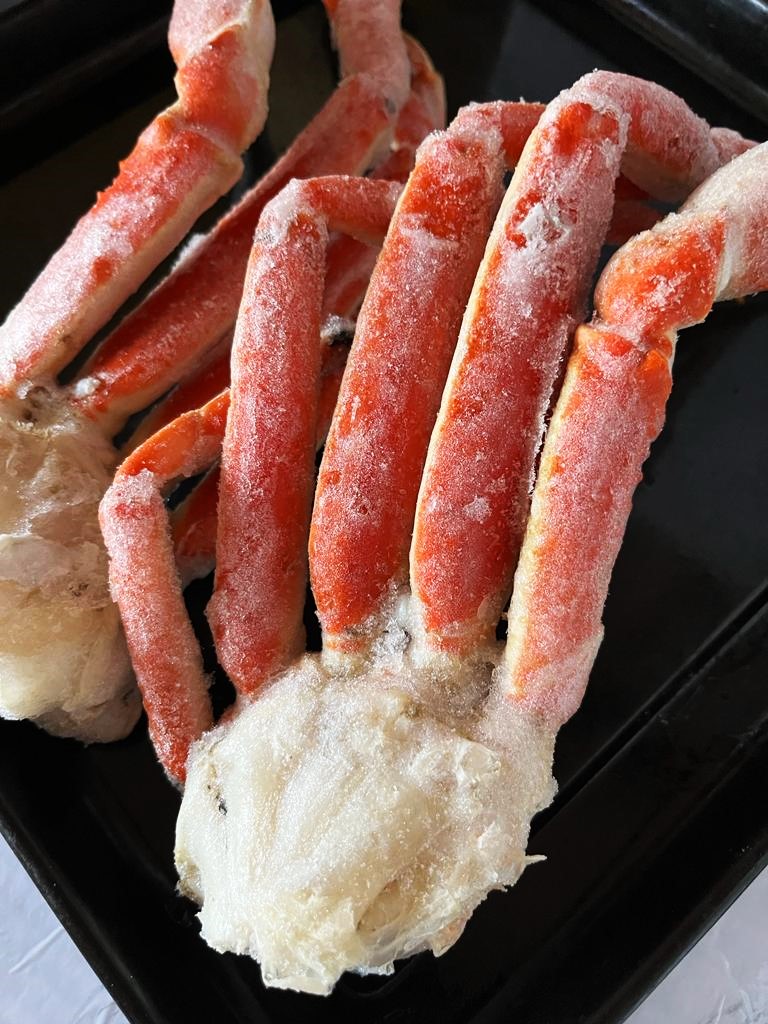
Hope this guide has been super helpful for your crab leg adventures! Whether you’re a crab fanatic or just starting out, knowing the ins and outs of cooking, serving, and storing those delicious legs can make all the difference. So, get ready to crack, dip, and savor every juicy bite.

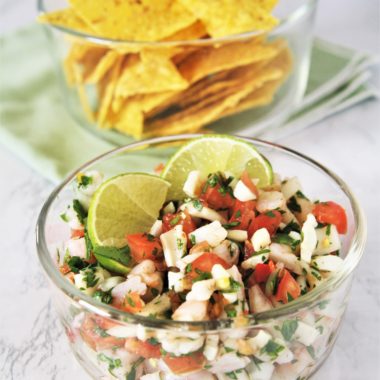
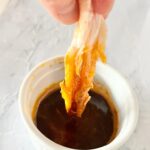
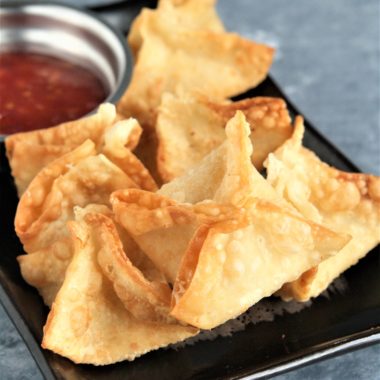












Pingback: 蟹腿的种类 - Indonesia Supplier
I used a belt sander and 120 grit sandpaper to remove the sharp spines on the legs. Also exposes some of the meat so that when you sous vide the multiple small openings in the shell allows the liquid. It’s in the bag to be absorbed into the meat. The result is very smooth shells that will greatly reduced the instances of the spines puncturing the bag.
Great idea! I’ve to try that next time.